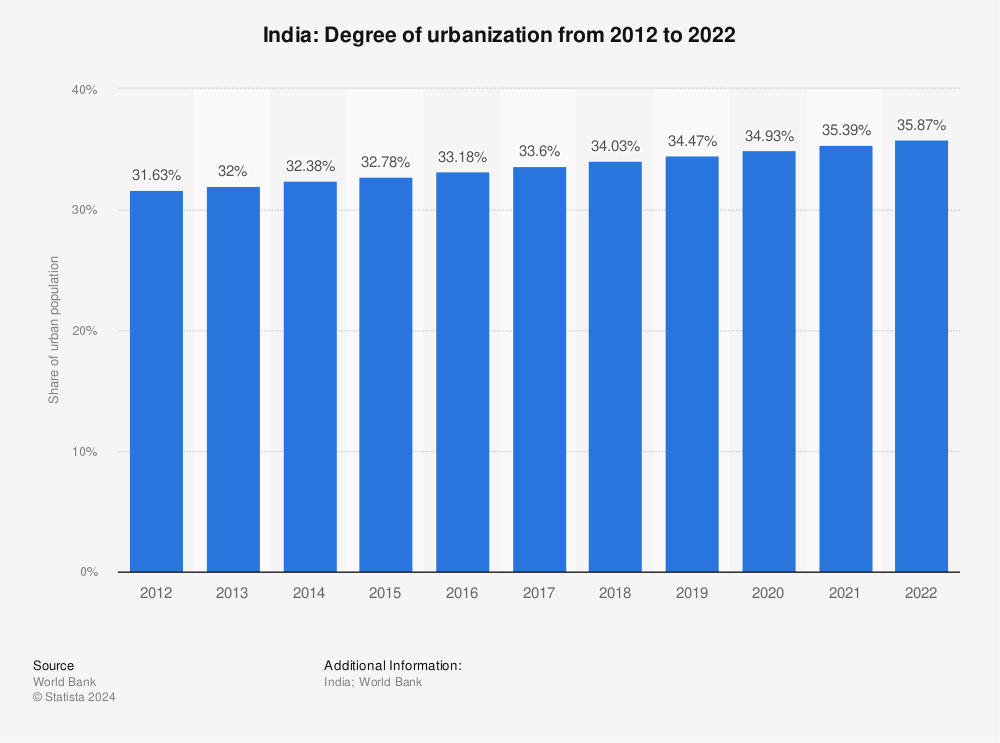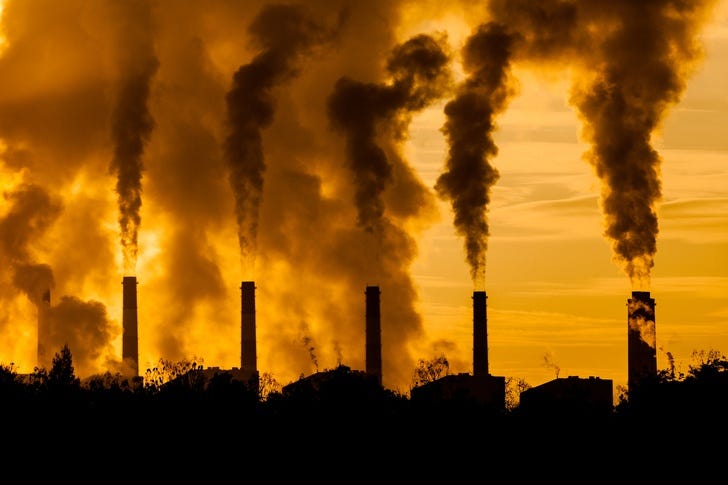Written by: Ushasi Dey
Edited by: Yashi Shah
POLLUTION DUE TO URBANIZATION
It is the year 2040. A child asks his father, “Dad, do we have gardens here in our city? I read about it in my books that it is covered with luscious green trees and beautiful flowers and colourful butterflies, but I don’t see them anywhere here.” On hearing this, the father starts to walk down his childhood memory lane, when the gardens still existed. There were playgrounds too, not many though for they had already started to disappear. What would you tell your children when they ask you a similar question, say about gardens or grounds, or simply clean air and spacious living?
Urbanization is a process that has occurred or is occurring, in nearly every part of the world that humans have inhabited. As a result of industrialisation, people have started moving towards the industrial areas in search of employment. Urbanisation has become a common feature in many societies. The availability and pollution of environmental resources are one of the main problems to which modern society faces. More than 80% of people living in urban areas that monitor air pollution are exposed to air quality levels that exceed the World Health Organization (WHO) limits. As urban air quality declines, the risk of stroke, heart disease, lung cancer, and chronic and acute respiratory diseases, including asthma, increases for the people who live in them.
First of all, political causes play a big role in urbanization. Many people get forced to leave rural areas for urban areas due to political unrest. Another important cause of urbanization is economic. Poverty is a widespread phenomenon in rural areas that has more or less forced people to migrate to towns leading to an increase in population living in town and lesser space to reside. The social cause is another notable reason for urbanization. Many young rural people migrate to urban areas to seek a better lifestyle in terms of education, employment, and entertainment.
More than half of the world’s population now lives in urban areas — increasingly in highly-dense cities. However, urban settings are a relatively new phenomenon in human history. This transition has transformed the way we live, work, travel, and build networks. There is a rise in the number of slums, problems caused due to water sanitation, air pollution, traffic congestion, and urban crimes. Today, 55% of the world’s population lives in urban areas, a proportion that is expected to increase to 68% by 2050. Projections show that urbanization, the gradual shift in the residence of the human population from rural to urban areas, combined with the overall growth of the world’s population could add another 2.5 billion people to urban areas by 2050, with close to 90% of this increase taking place in Asia and Africa, according to a new United Nations data set launched today.
Our mother earth is choking and we are helpless. The result today is that we live in highly polluted cities where day to day life is becoming increasingly troublesome. We face many health issues due to this urban pollution and the worst part is that we do not even realise that. It is high time that we must now adopt ways to curb this pollution and create a better world for our future generations.







1 Comments
This comment has been removed by the author.
ReplyDelete